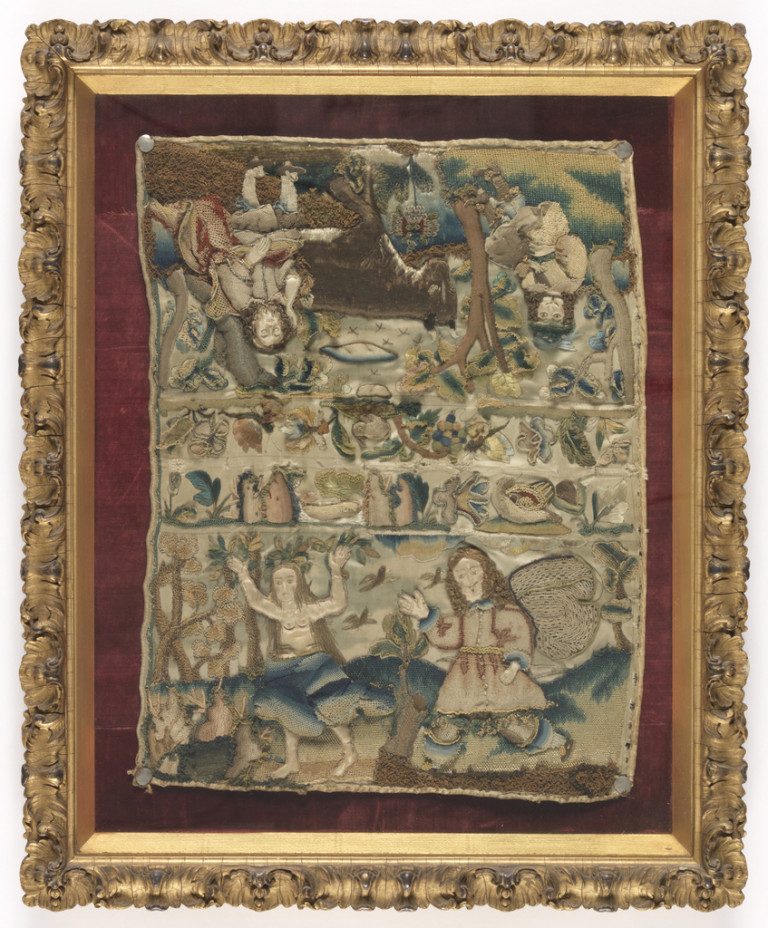My first introduction to stumpwork occurred as a young girl, when my Scottish-American grandmother taught me how to embroider samplers. We gradually advanced to creating pictures in raised embroidery using padding, wire, and different types of dimensional embroidery stitches. Completed stumpwork pieces in major museums include purses and bags, framed pictures, and panels used on...
See how embroidery is made by hand in this short video. Nguyen Le of knitknit demonstrates the basics, including satin stitch, chain stitch and french knot technique. She also adds a backing fabric to the project as an extra optional step. This piece took about 3 hours total. About this series: Design Dictionary is a...
A custom T-shirt design transmitted to the machine via Twitter Pa++ern is a project that uses Twitter to source unique t-shirt designs. Created by Daito Manabe and Motoi Ishibashi, the system translates short bits of custom code received over Twitter into an embroidered shirt pattern. According to the designers, their project is an “esoteric language...


